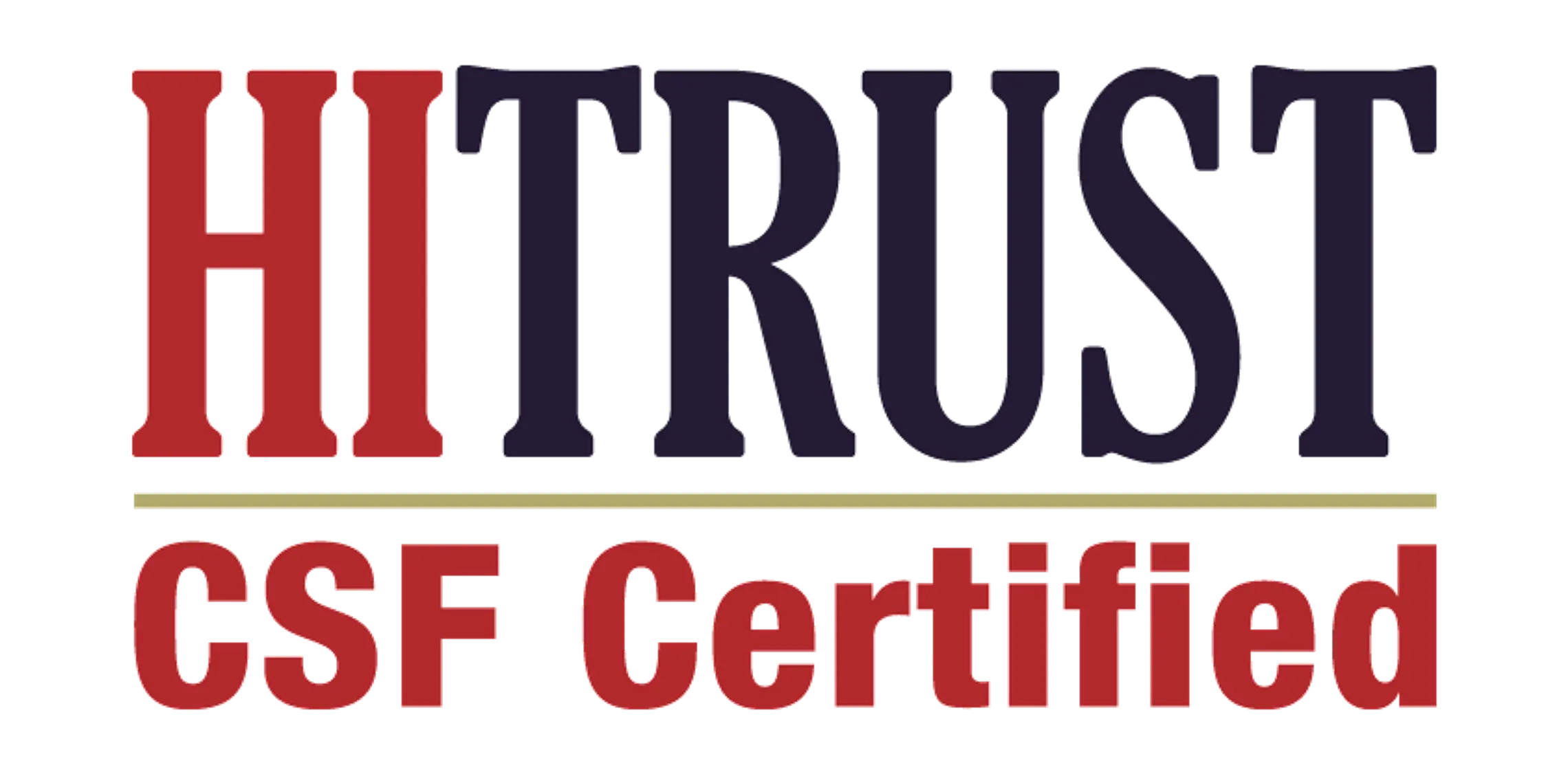Navigating the maze: How to choose the right medical claims clearinghouse for your practice

In the intricate world of healthcare, managing medical claims efficiently is crucial for the financial health of any practice. Choosing the right medical claims clearinghouse can streamline this process, reduce denials, and ensure faster reimbursements. However, with a myriad of options available, selecting the best clearinghouse can be daunting. Here’s a comprehensive guide to help you navigate this critical decision.
Understanding the Role of a Medical Claims Clearinghouse
A medical claims clearinghouse acts as an intermediary between healthcare providers and insurance payers. It ensures that claims are formatted correctly and comply with payer requirements before submission. This reduces the likelihood of claim rejections and accelerates the reimbursement process.
Key Factors to Consider When Choosing a Medical Claims Clearinghouse
1. Compatibility with Your Practice Management System
One of the foremost considerations is ensuring that the clearinghouse is compatible with your existing practice management system (PMS) or electronic health record (EHR) system. Seamless integration minimizes data entry errors and enhances workflow efficiency. Verify that the clearinghouse supports your software’s file formats and communication protocols.
2. Payer Network
Evaluate the clearinghouse’s payer network. A comprehensive network that includes the majority of the payers you work with can significantly streamline your claims process. Ensure that the clearinghouse has strong relationships with both national and regional payers to cover all your bases.
3. Cost Structure
Understanding the cost structure is essential for budgeting and financial planning. Clearinghouses typically charge per claim, but there may also be setup fees, monthly subscription fees, or fees for additional services such as eligibility verification or reporting. Compare pricing models to find one that offers the best value for your practice’s volume and needs.
4. Claim Scrubbing and Editing Features
Effective claim scrubbing and editing capabilities can drastically reduce the number of denied or rejected claims. Look for a clearinghouse that provides robust editing tools to catch errors before claims are submitted. This feature ensures claims are compliant with payer-specific requirements and coding guidelines.
5. Reporting and Analytics
Detailed reporting and analytics are invaluable for monitoring the performance of your claims process. A good clearinghouse should offer customizable reports that provide insights into claim status, rejection reasons, and payment trends. This data can help identify recurring issues and improve your revenue cycle management.
6. Customer Support
Reliable customer support is critical, especially during the initial setup phase and when issues arise. Evaluate the clearinghouse’s support services, including the availability of dedicated account managers, responsiveness, and the quality of technical support. Reading reviews and testimonials can provide insight into the experiences of other users.
7. Security and Compliance
Given the sensitive nature of healthcare data, ensuring the clearinghouse adheres to strict security standards and regulatory compliance is non-negotiable. Verify that the clearinghouse is HIPAA-compliant and employs robust data encryption methods. Additionally, inquire about their data backup and disaster recovery protocols to safeguard your information.
8. Training and Onboarding
The ease of implementation can significantly impact your practice’s workflow during the transition period. Assess the training and onboarding support provided by the clearinghouse. Comprehensive training resources, such as tutorials, webinars, and user manuals, can facilitate a smoother integration process.
9. User-Friendly Interface
A user-friendly interface can enhance your staff’s productivity and reduce the learning curve associated with new software. Request a demo or trial period to evaluate the interface’s intuitiveness, navigation, and overall usability. A well-designed interface should streamline claim submission, tracking, and management tasks.
10. Scalability
As your practice grows, your claims volume and complexity may increase. Choose a clearinghouse that can scale with your practice’s needs, offering flexible plans and additional features to accommodate growth without compromising service quality.
11. Additional Services
Some clearinghouses offer value-added services that can further streamline your revenue cycle. These may include patient eligibility verification, electronic remittance advice (ERA) processing, and patient statement services. Evaluate these options to determine if they align with your practice’s needs.
Making the Final Decision
After considering these factors, create a shortlist of potential clearinghouses and request detailed proposals. Engage in discussions with their representatives to address any specific concerns and gain a deeper understanding of their offerings.
Ultimately, the right medical claims clearinghouse should align with your practice’s operational needs, budget, and growth plans. By carefully evaluating compatibility, payer networks, cost, features, and support, you can make an informed decision that enhances your practice’s financial health and operational efficiency.






